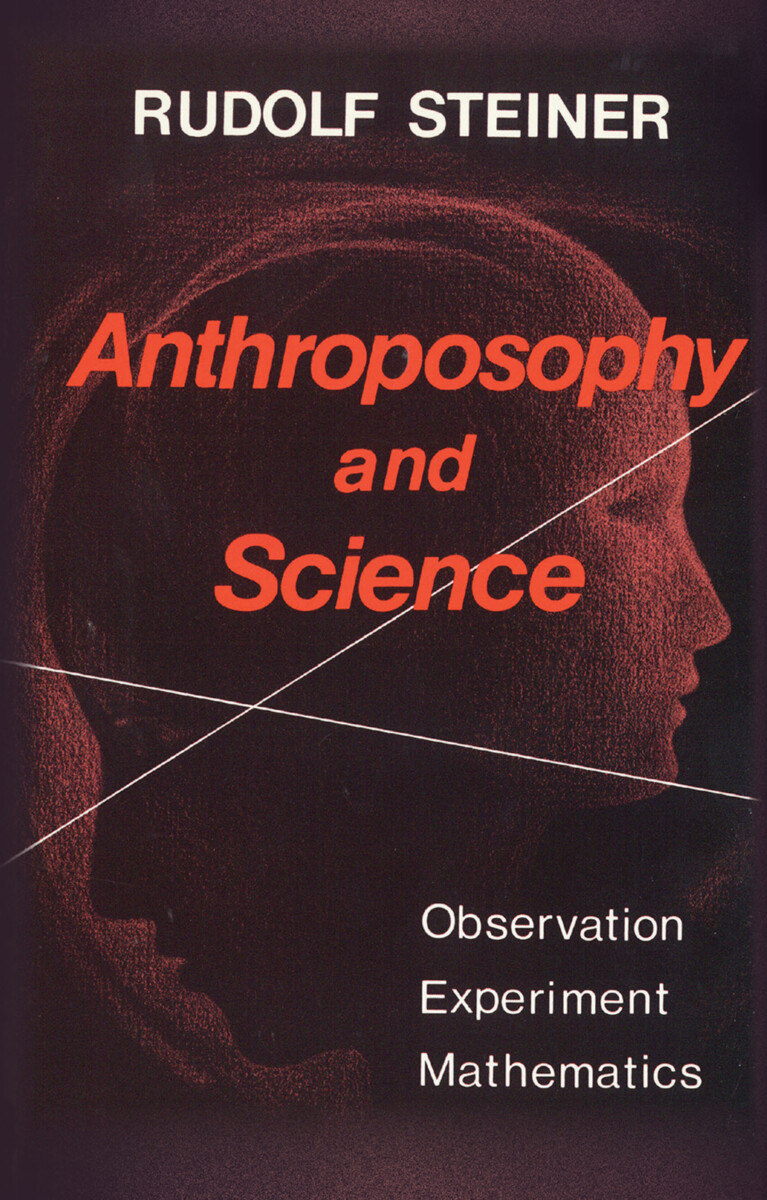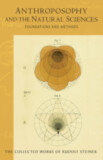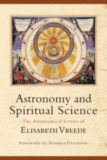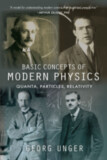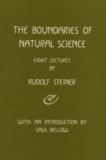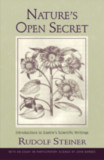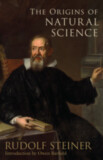Anthroposophy and Science
Observation, Experiment, Mathematics (CW 324)
Introduction by Georg Unger, PhD
Edited by Gerald F. Karnow and Gladys Hahn
Translated by Mark Gardner and Walter Stuber
- Publisher
Mercury Press - Published
6th December 1994 - ISBN 9781957569406
- Language English
- Pages 156 pp.
- Size 5.5" x 8.5"
8 lectures, Stuttgart, March 16–23, 1921 (CW 324)
Rudolf Steiner examines the underlying precepts of the modern scientific approach and its current tools of observation of nature, experimentation, and the use of mathematics to establish quantitative relationships which are then framed as laws. He relates the validity of this approach for examination of the lifeless mineral realm and then describes the different cognitive states that are necessary to scientifically examine the realms of the living and of the conscious.
Anthroposophy and Science was originally published in German as, Naturbeobachtung, Experiment, Mathematik und die Erkenntnisstuffen der Geistesforschung (2nd ed., copyright © by Rudolf Steiner-Nachlassverwaltung), published by Rudolf Steiner Verlag, Dornach, 1972 (GA 324).
C O N T E N T S:
Introduction by Georg Unger, PhD
1. March 16, 1921: The three forms of science. Observation of nature, experiment and mathematical penetration of nature. The nature of the experiment. The certainty of mathematical knowledge. Psychology then and now. Growth in boys and girls. The customary cognition of nature. The philosophy of David Hume. Mathematical cognition as an inner constructive activity. Spiritual cognition as an inner activity encompassing reality.
2. March 17, 1921: “Membering” of the human being into nerve-sense system, rhythmic system of feeling and metabolic-will system as described in the book Riddles of the Soul. The inner nature of vision, arm movement and walking in relation to the three dimensions of space.
3. March 18, 1921: The possibility of explaining nature out of itself and the super-sensible world. Normal and mathematical nature knowledge. The application of mathematical cognition to the mineral, dead world; attaining an apprehension of the plant world through imaginative cognition. The two kinds of clairvoyance. The theory of the subjectivity of sense perception. The duality of the eye as a physical apparatus and an organ streamed through by life. The discovery of the etheric body through imagination. The application of this view to the whole human being. The longing for an expansion and a deepening of our cognition.
4. March 19, 1921: Modern sense-physiology and the twelve senses. The neurologist Meynert. Controversy in the Giordano Bruno Association concerning mental imaging. Theodor Ziehen's psychology. Analytic and synthetic (projective) geometry. Moriz Benedikt and mathematics. Inspirational cognition of the rhythmic system. The Yoga system. The nature of symbolism. The psychological origin of cultic action. The modern intellect. Earlier cultic activity and modern scientific experiment.
5. March 21, 1921: Modern sense-physiology and the twelve senses. The neurologist Meynert. Controversy in the Giordano Bruno Association concerning mental imaging. Theodor Ziehen's psychology. Analytic and synthetic (projective) geometry. Moriz Benedikt and mathematics. Inspirational cognition of the rhythmic system. The Yoga system. The nature of symbolism. The psychological origin of cultic action. The modern intellect. Earlier cultic activity and modern scientific experiment.
6. March 22, 1921: The memory picture and its transformation in Imagination and Inspiration. The intellect in modern natural science and in Goethe. The phenomenon and the archetypal phenomenon. The enhanced activity of forgetting as experience of inner freedom. From the nature of memory to the cognition of the inner aspects of the human being: liver, kidney. St. Theresa, Mechtild von Magdeburg. The formation of the nervous system. Lectures about “Anthroposophy” in 1909 and the book “Anthroposophy. A Fragment.” The correspondence of one upper and one lower organ in man. Spiritual psychology and therapy.
7. March 23, 1921: The nature of Intuition. Tumor formation and its healing. Intuition as an inversion of sense-perception. Indefinite perception and dark belief. Life before birth and after death, repeated earth lives. Falling asleep and waking up. The method of writing history. Dante, Luther, Constantine, Julian the Apostate. Concerning the experience of the forces active in history which are not described. Verifying super-sensible facts. The experiment and its consequences for the scientific experience of modern man. Spiritual scientific knowledge as a fructification of the other sciences.
8. March 23, 1921: The picture of anthroposophy as the light illuminating a space. The scientific nature of anthroposophy and the social question. The Waldorf School and other institutions originating out of anthroposophy. The necessity of the uniformity of all knowledge. The verification of anthroposophical knowledge. Concerning opponents. Confidence in the academic youth. Admonition to the youth: "Open the shutters!"
Rudolf Steiner
Rudolf Steiner (b. Rudolf Joseph Lorenz Steiner, 1861–1925) was born in the small village of Kraljevec, Austro-Hungarian Empire (now in Croatia), where he grew up. As a young man, he lived in Weimar and Berlin, where he became a well-published scientific, literary, and philosophical scholar, known especially for his work with Goethe’s scientific writings. Steiner termed his spiritual philosophy anthroposophy, meaning “wisdom of the human being.” As an exceptionally developed seer, he based his work on direct knowledge and perception of spiritual dimensions. He initiated a modern, universal “spiritual science” that is accessible to anyone willing to exercise clear and unbiased thinking. From his spiritual investigations, Steiner provided suggestions for the renewal of numerous activities, including education (general and for special needs), agriculture, medicine, economics, architecture, science, philosophy, Christianity, and the arts. There are currently thousands of schools, clinics, farms, and initiatives in other fields that involve practical work based on the principles Steiner developed. His many published works feature his research into the spiritual nature of human beings, the evolution of the world and humanity, and methods for personal development. He wrote some thirty books and delivered more than six thousand lectures throughout much of Europe. In 1924, Steiner founded the General Anthroposophical Society, which today has branches around the world.


